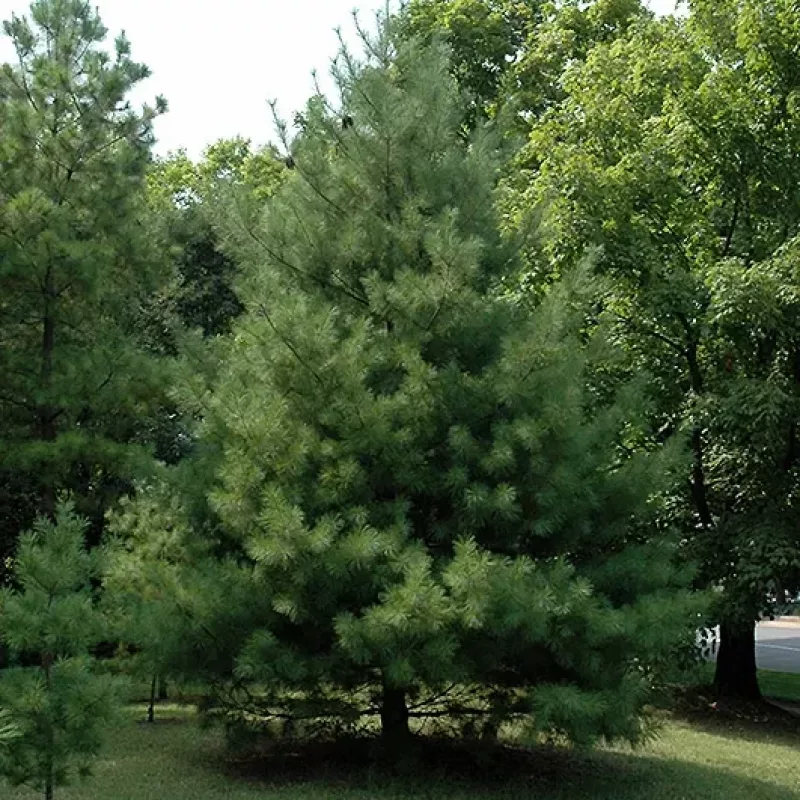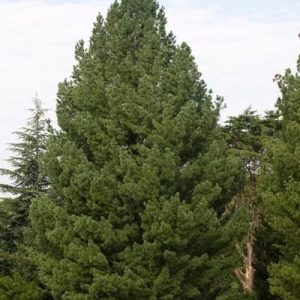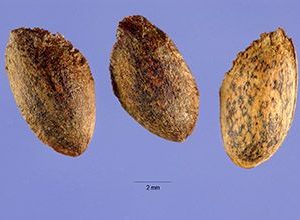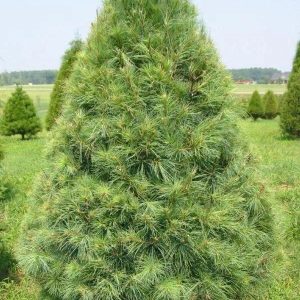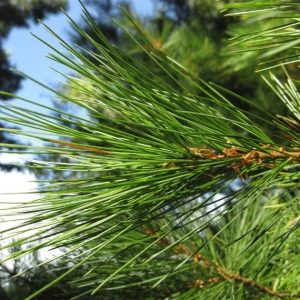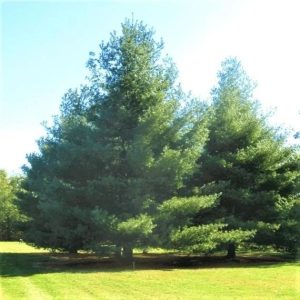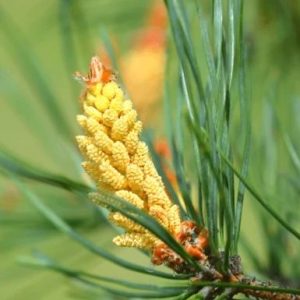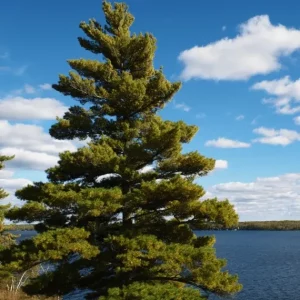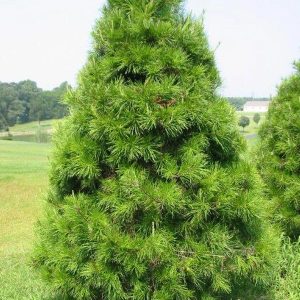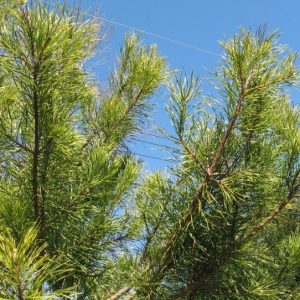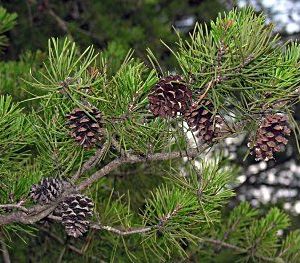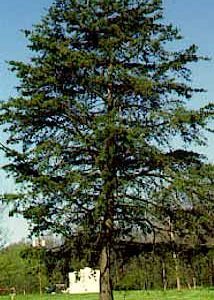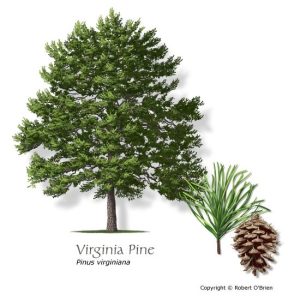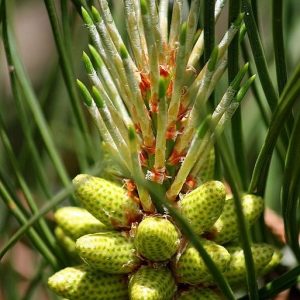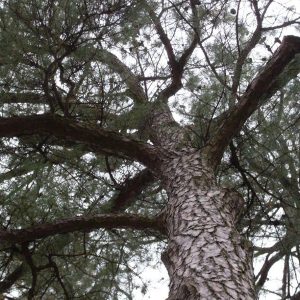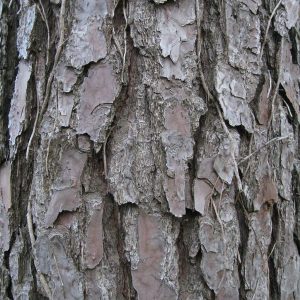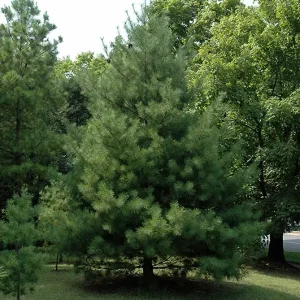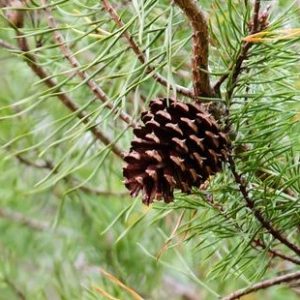THREE CONIFEROUS SEEDLING CHOICES
Coniferous trees generally grow needles instead of leaves and cones instead of flowers. They are often referred to as “evergreen” trees for the green needles that remain on the tree all year long.
EASTERN WHITE PINE
GROWTH
This magnificent tree with year-around blue-green needles grows typically about 70 - 90 feet tall, with some as tall as 150 feet and up to a 40 feet spread.
Can grow up to 3 feet per year with a diameter of 2 - 4 feet and a lifespan over 200 yrs.
Zones 3 - 7
CARE
Prefers sunlight to shade and can grow in virtually any climate. Grows in nearly all soil types but prefers moist, well-drained, sandy loam soils. Not drought tolerant so ensure sufficient moisture in formative years.
INTERESTING FACT
White Pine forests played a major role in early American 19th century westward expansion. Its wood was common and easy to cut making it ideal for colonial homes (e.g. paneling, floors, furniture, etc.). Even so, George Washington opted for the much harder southern yellow pine at Mt. Vernon because the white pine tended to cup when used as flooring.
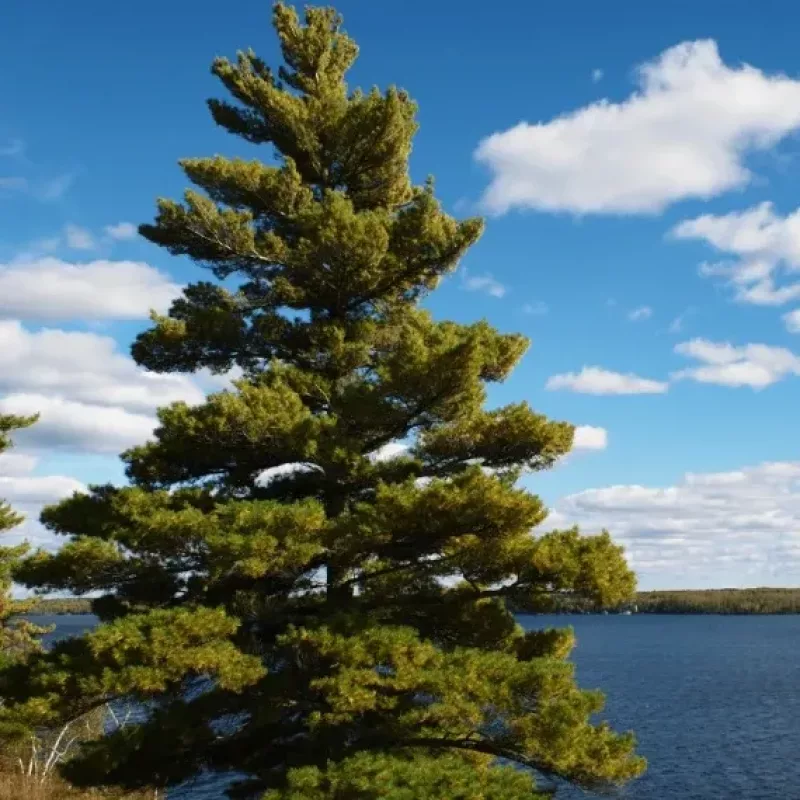
VIRGINIA PINE
GROWTH
Small to medium at 15 - 50 feet tall and 8 - 14 inches in diameter. Found primarily from Georgia to southern New York. Lives 60 - 90 years. Generally a beautiful evergreen, especially in their formative years.
Zones 4 - 8
CARE
Slow growing but with the ability to grow in the poorest dry soils. Grows best on clay. Though adaptable, generally stake the young tree and provide some water. Negligible care once established.
INTERESTING FACT
Most Christmas trees in the south are Virginia Pine trees. Woodpeckers also like them because of the soft wood.
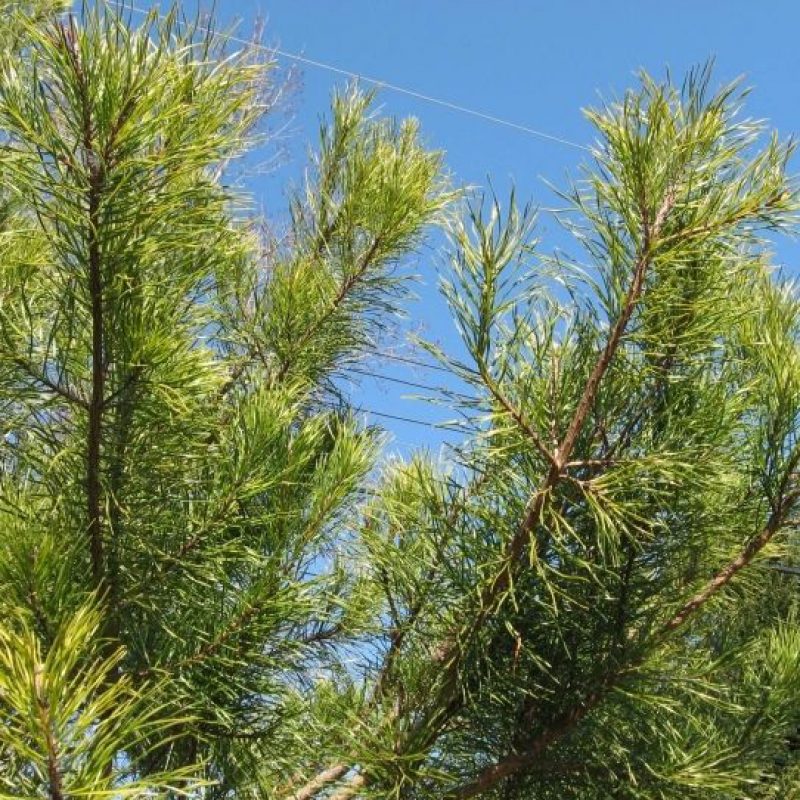
LOBLOLLY PINE
GROWTH
Largest of the southern pines, they grow at 2 ft./yr. typically reaching 70 - 90 feet tall and live 80 - 150 yrs. With a diameter of 2 - 3 feet and a crown spread of 30 feet, they are the 2nd most common tree species after the Red Maple.
Zones 6 - 9
CARE
Grows well in acidic, clay soil. Does best in full sun to partial shade. It prefers dry to average moisture levels with very well-drained soil. Highly tolerant of urban pollution and will even thrive in inner city environments.
INTERESTING FACT
The famous "Eisenhower Tree" on the 17th hole of Augusta National Golf Club was a loblolly pine.
